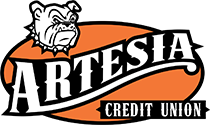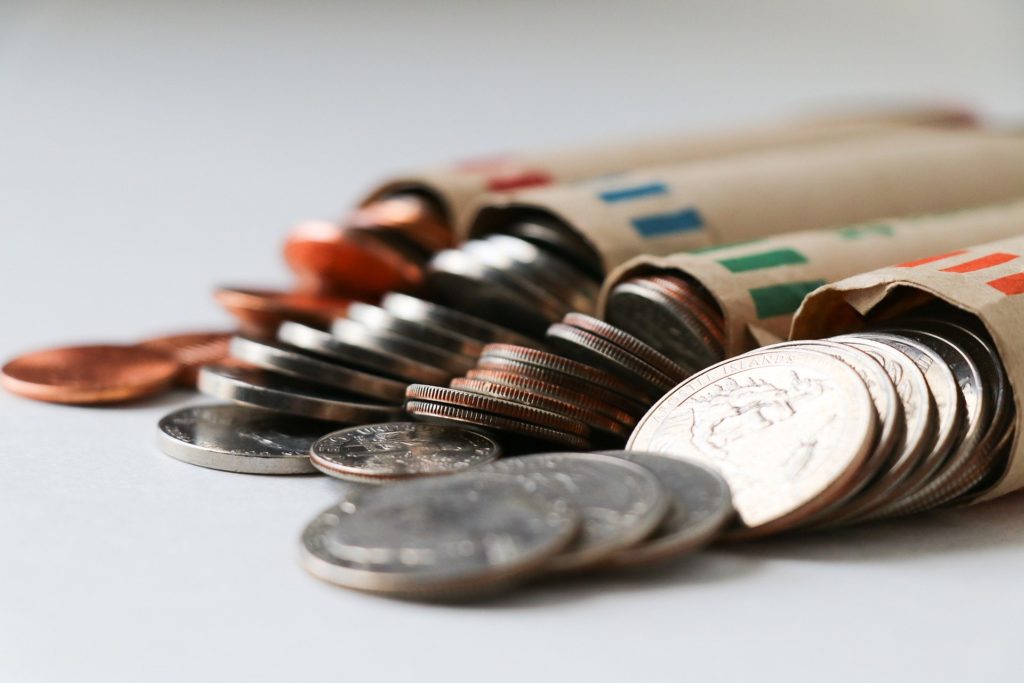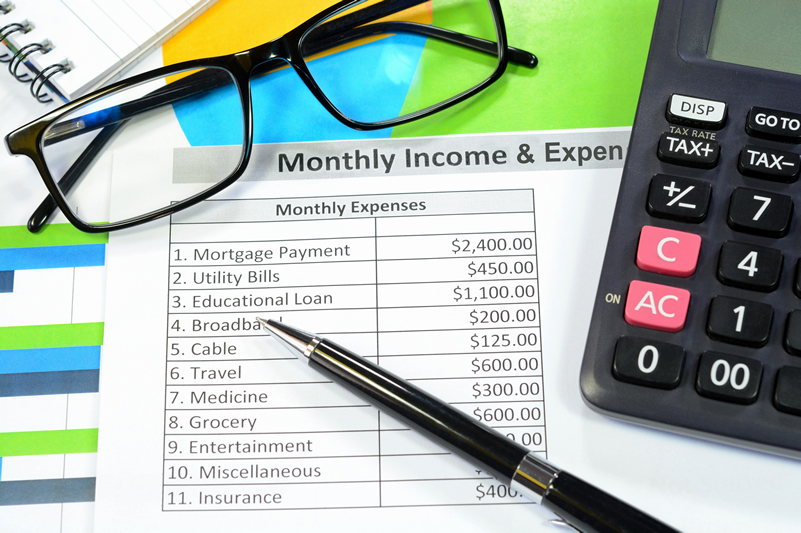The new school year is starting soon! Whether your kids are getting ready for another round of remote schooling via Zoom or they’re packing their backpacks with face coverings and hand sanitizer for in-person schooling COVID-style, there’s at least one app to help get the year off to a great start.
Here’s a rundown of some of the most likely candidates:

It’s not easy to keep up with assignments, projects and scheduled tests from so many different classes. Help your child stay on top of their work this year with the myHomework app. With color-coded classes to keep things organized and automatic reminders before looming due dates, the app is super-easy to use. The free version of the app includes assignment tracking, due date reminders, syncing between classes and homework widgets, while the paid version, at just $4.99 a year, offers an ad-free upgrade with file attachment support, enhanced app widgets, external calendar access, a homework import feature and more.
This adorable app makes meal planning fun again! No more arguments and frustrations about what to prepare for lunch; with your child on board, it’s easy as pie. Let your child set up a profile with a selected monster avatar, and choose a virtual meal from the LaLa Lunchbox’s food library by dropping their chosen foods into the monster’s mouth. The app will tell the parents what to buy in the grocery store so they can prepare the lunch their kid wants. Parents can also customize the food options for specific diets, and all the choices are preselected by a dietician. Meal planning, done!

Between school schedules, meet-the-teacher nights, after-school activities and more, parents have lots to keep track of at the start of a new school year. The free Cozi app helps keep the entire family organized with a synced family schedule and color-coded calendar that streamlines across multiple devices. Save grocery lists and recipes on the app, and keep a running to-do list on Cozi to keep on top of all your errands and chores. You can even manage a family journal on the app for the ultimate in sharing!

If you’ve got a little one at home who has trouble focusing on their tasks, the Bear Focus Timer (BFT) app might be just what you need. The no-frills Pomodoro-style timer is created to help the smallest of minds stay focused on their homework, chores or other activities with the help of simple schedules and white noise. You won’t find a lot of bells and whistles on this $1.99 app, but the timer allows the user to customize focus times and break times for the ultimate in productivity.
Back-to-school season can be frenzied as the family adjusts to a new routine and schedule. Let these apps help you keep calm and organized so the entire family can ace the start of the new school year.













